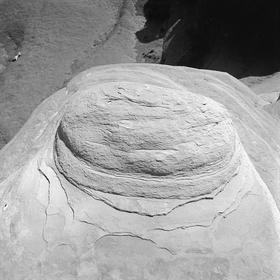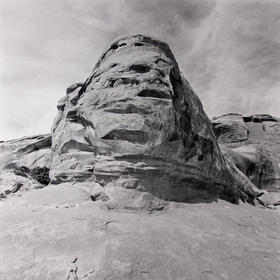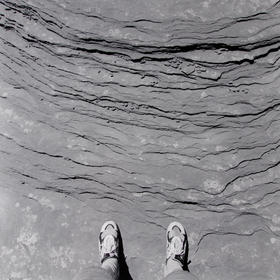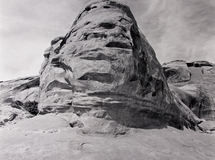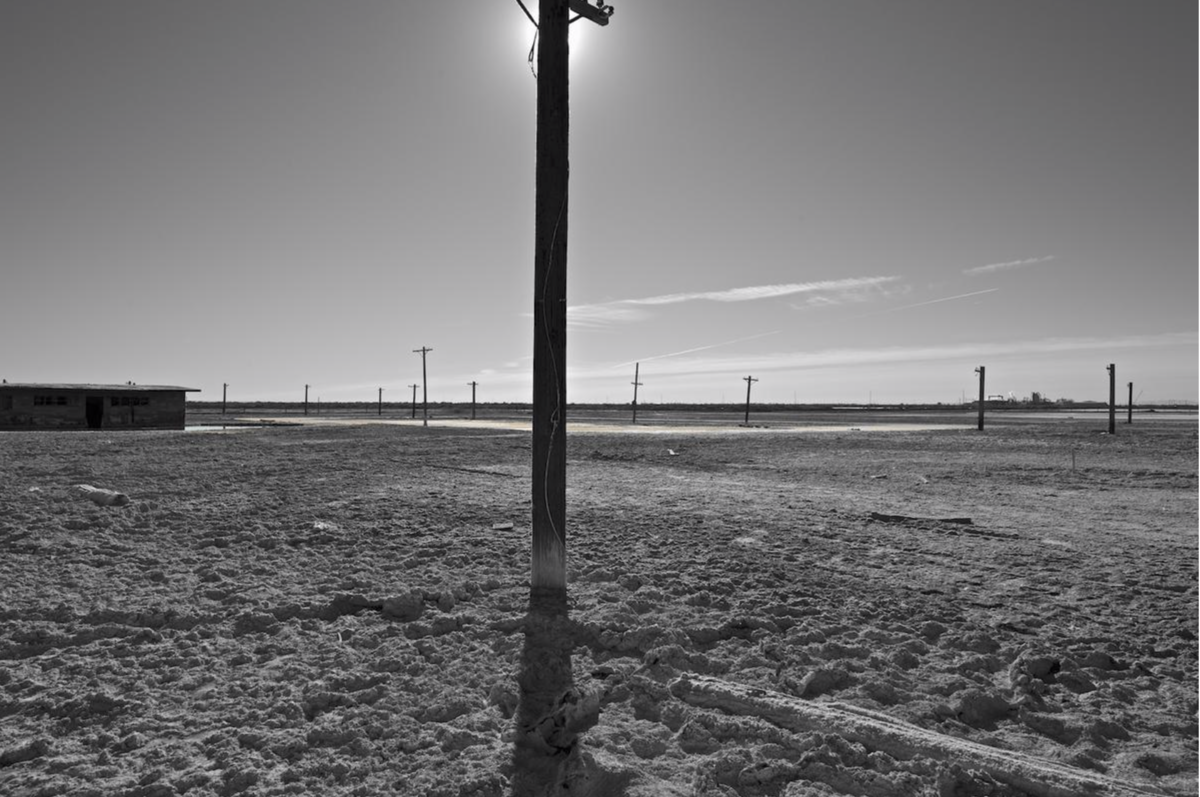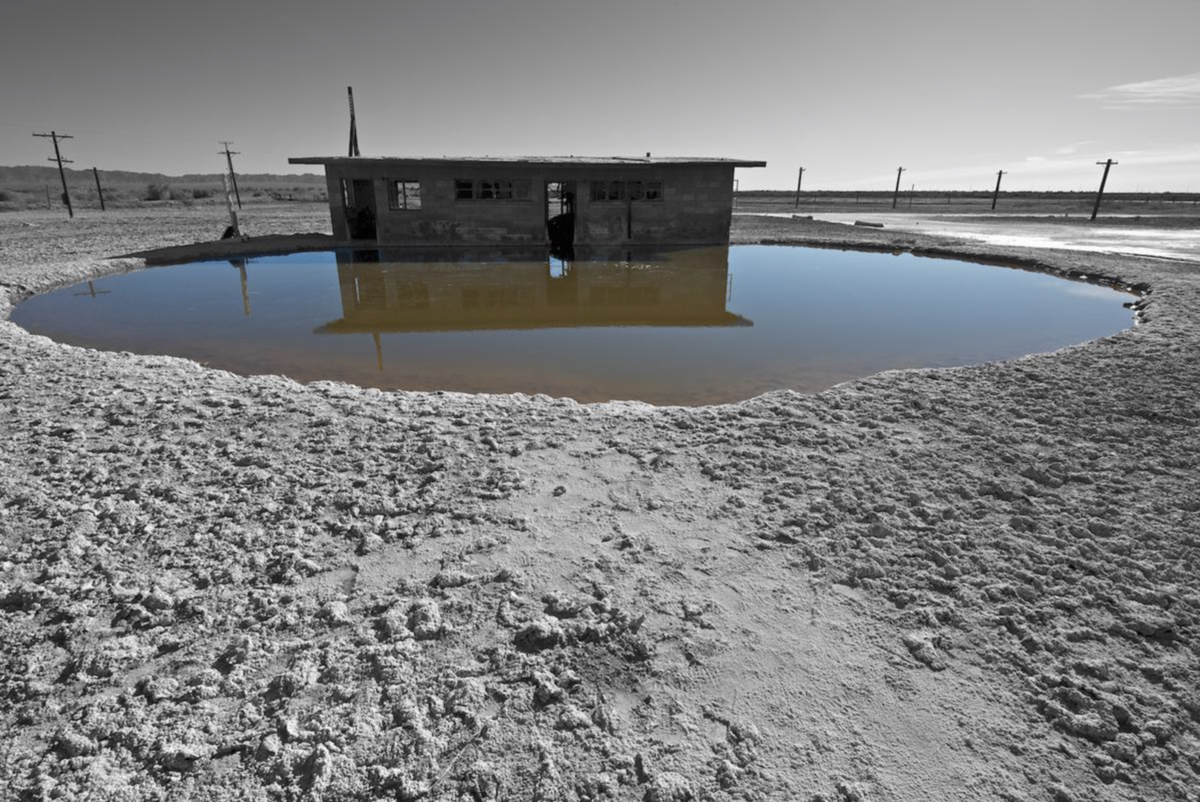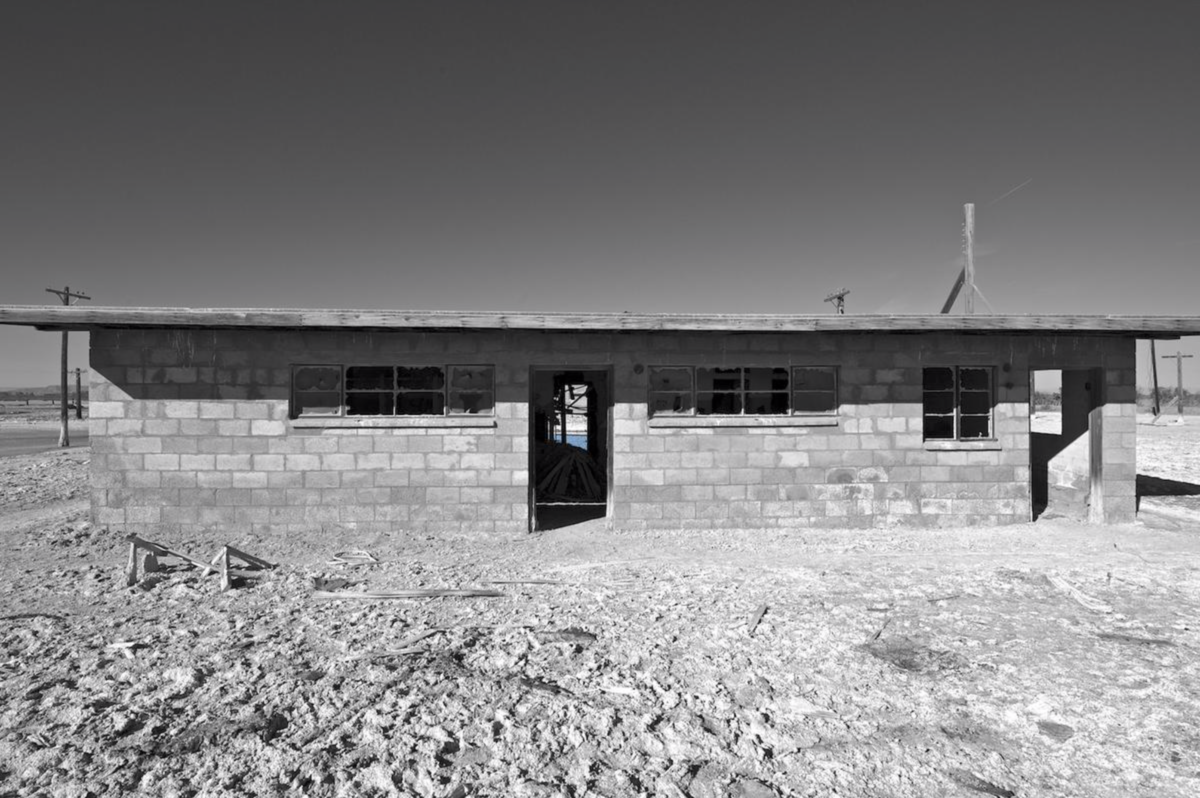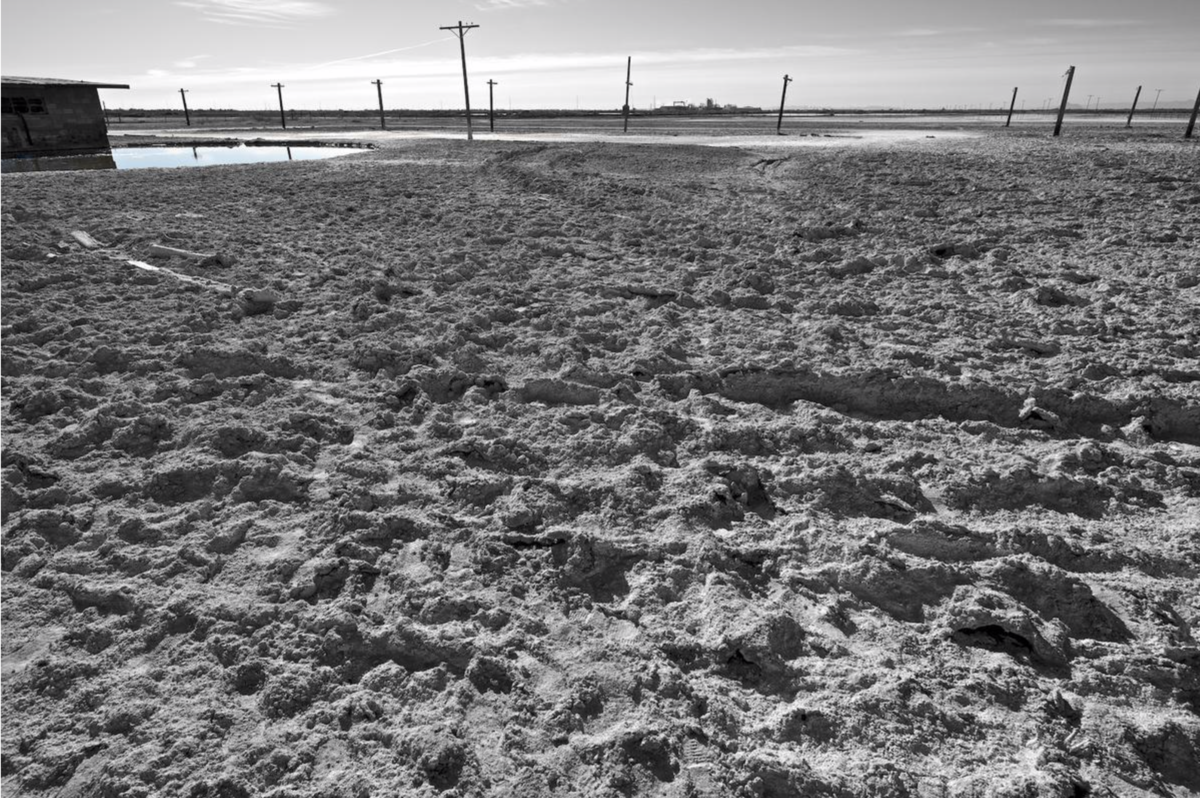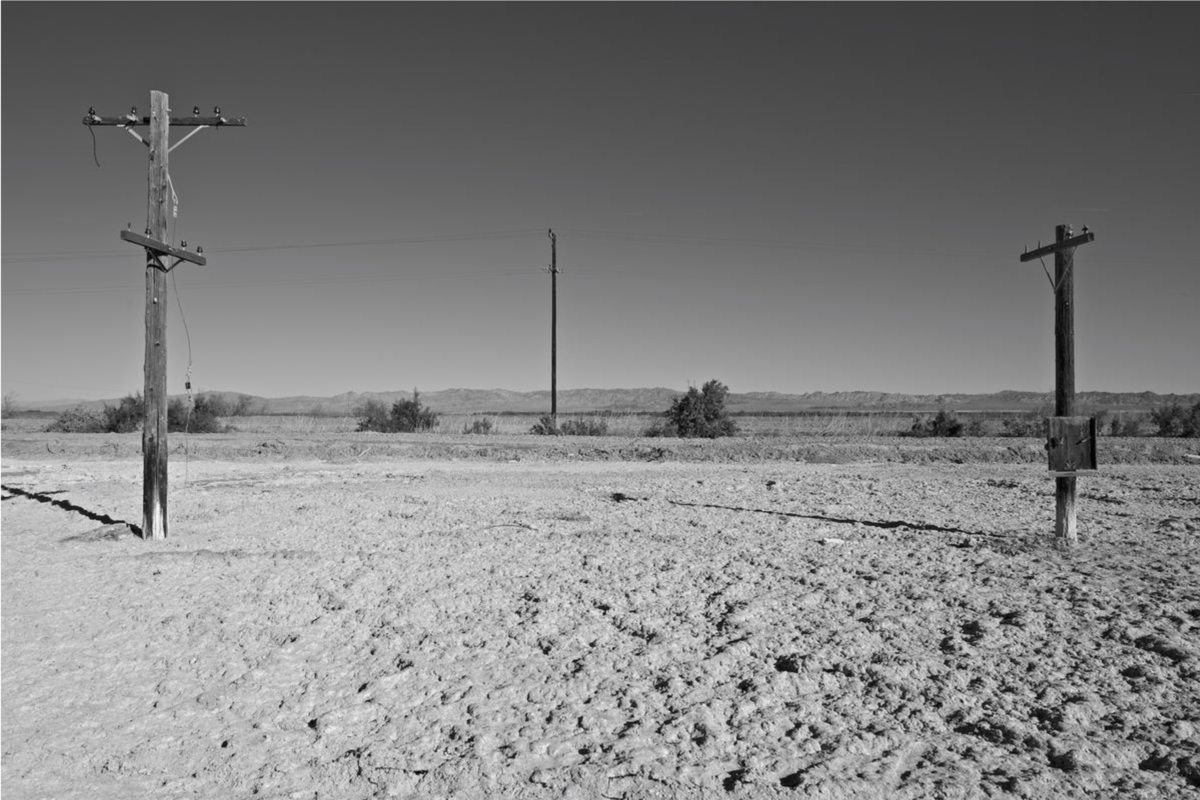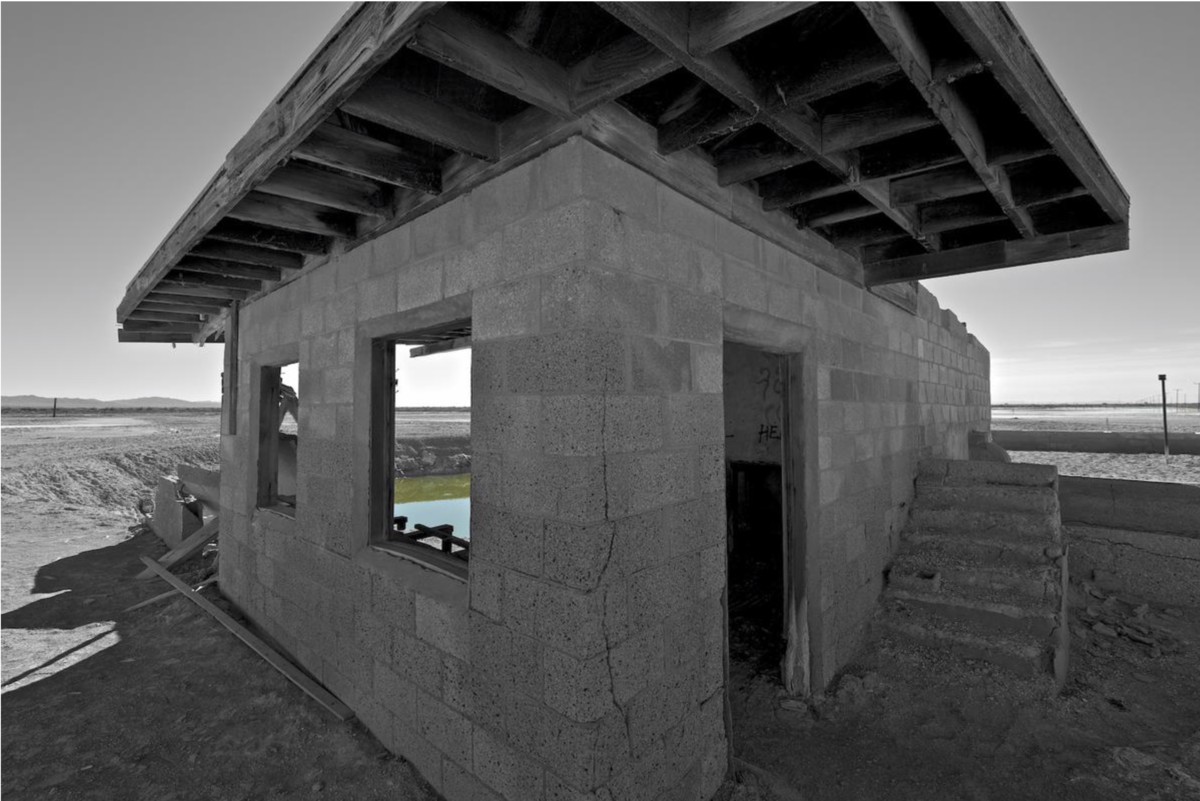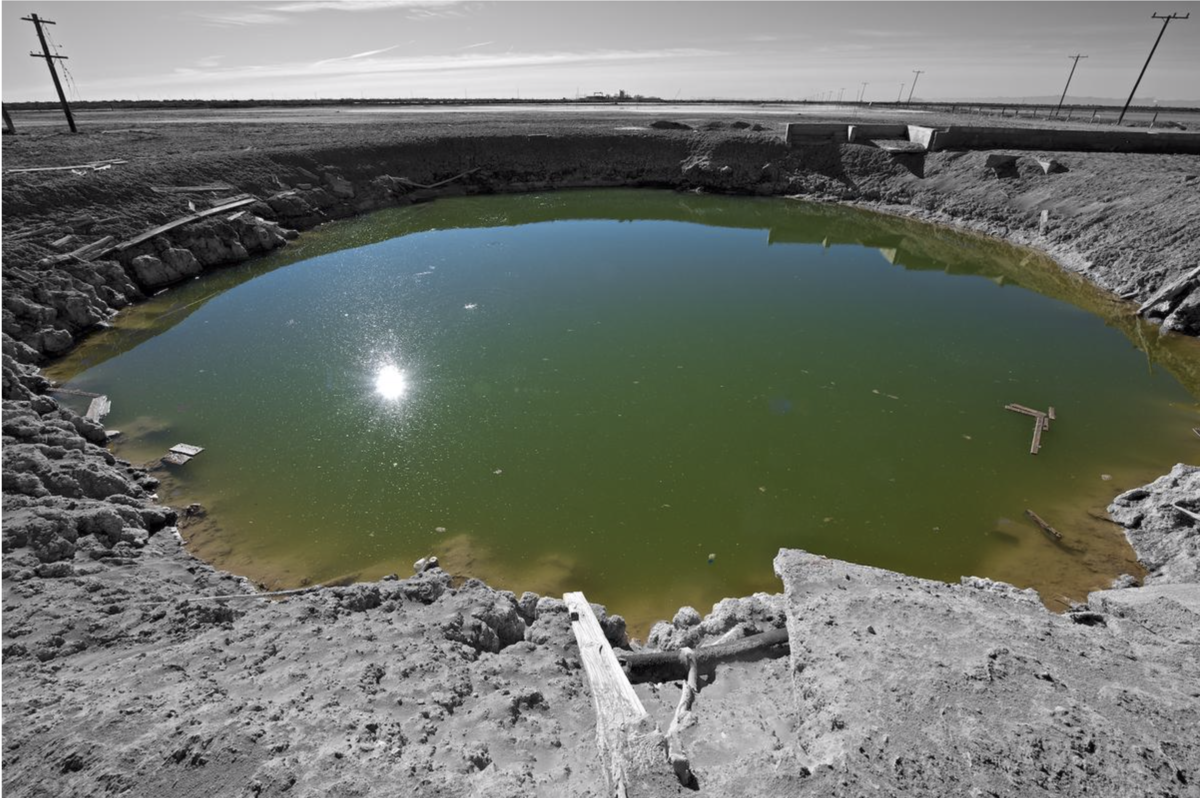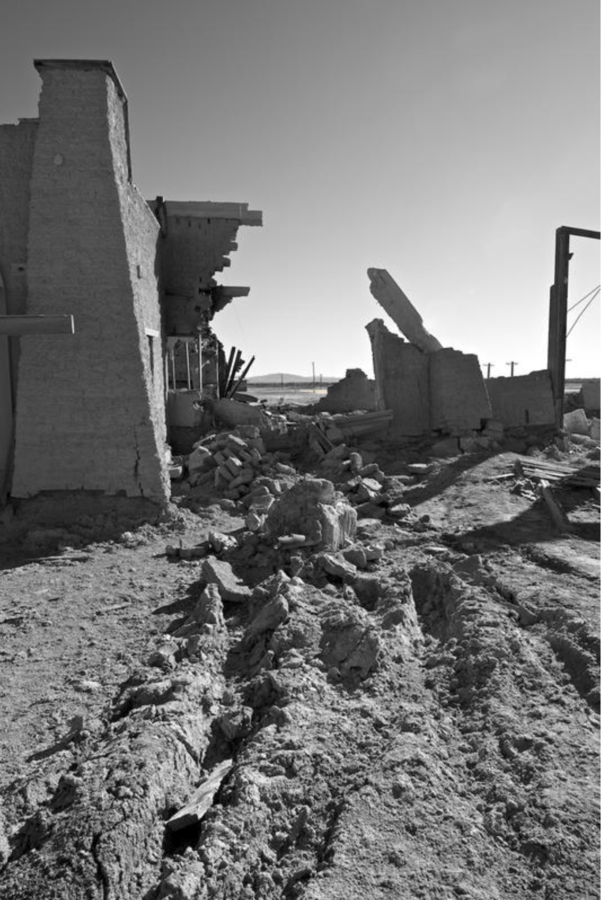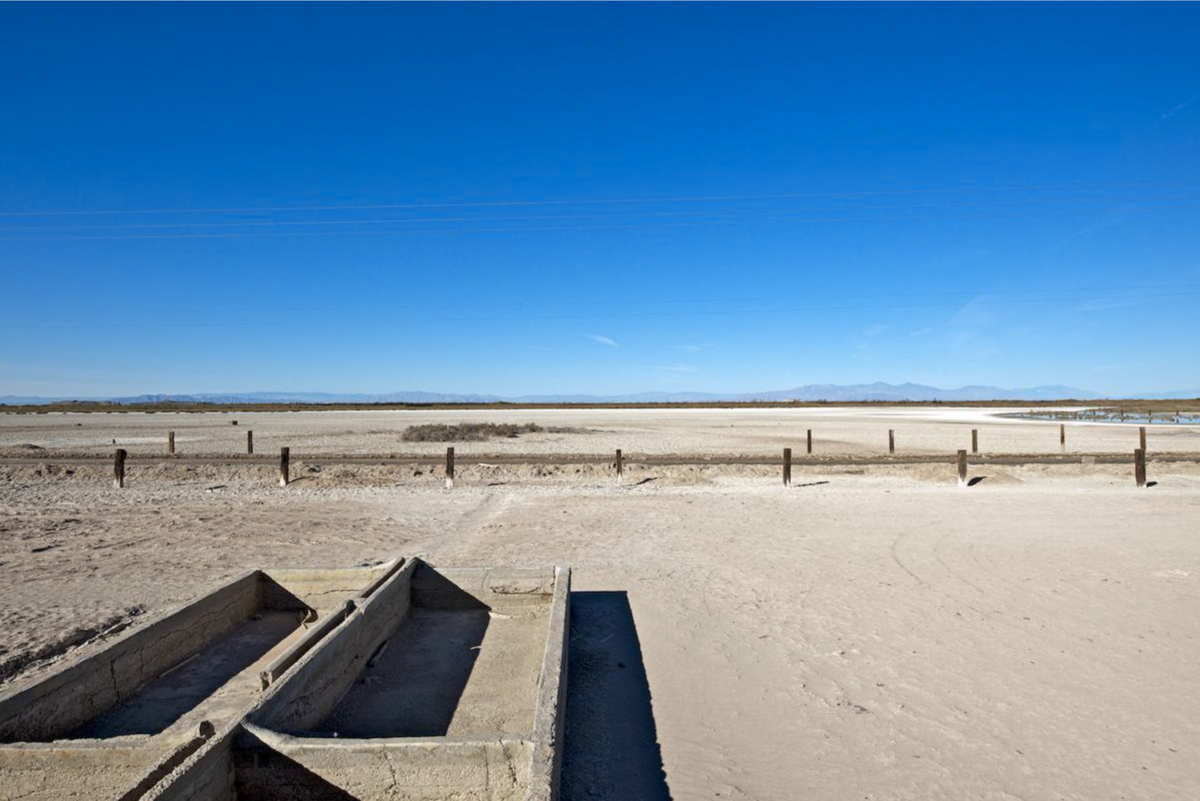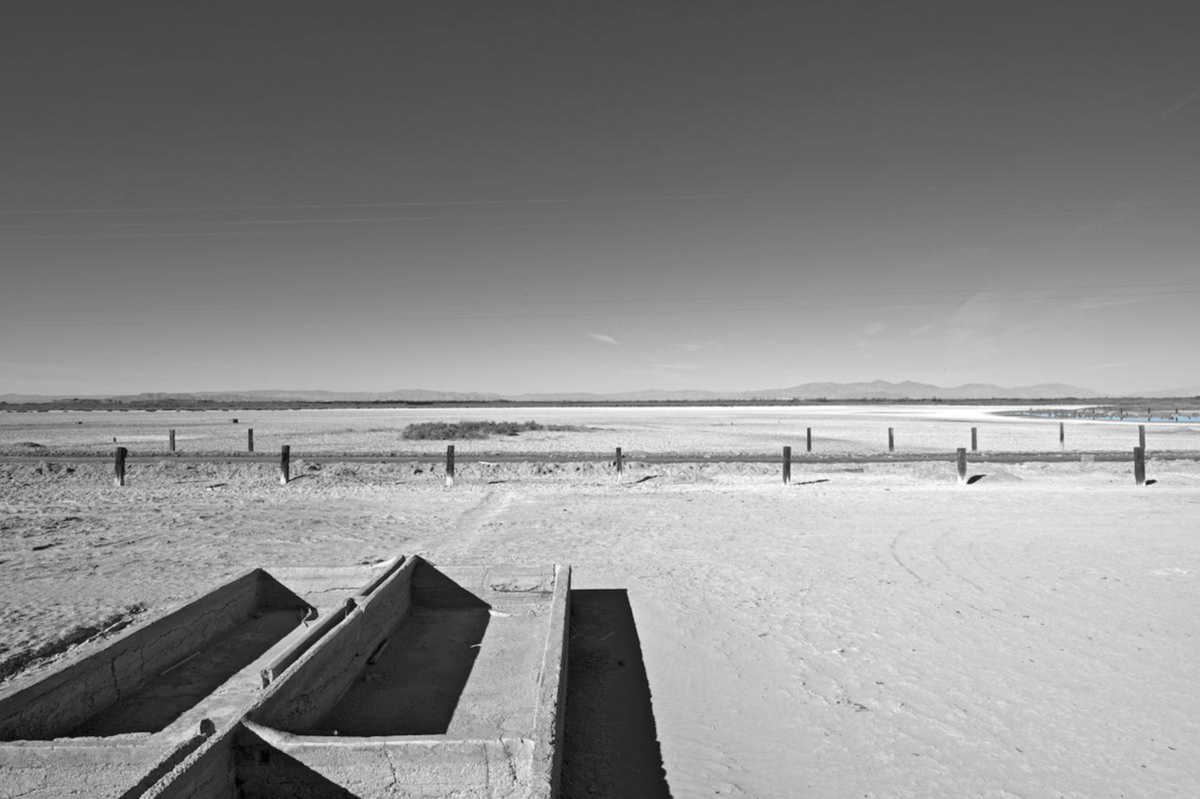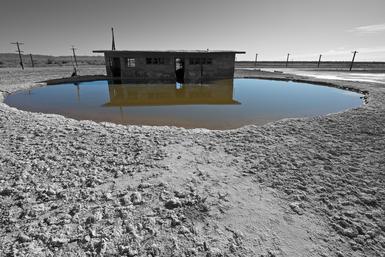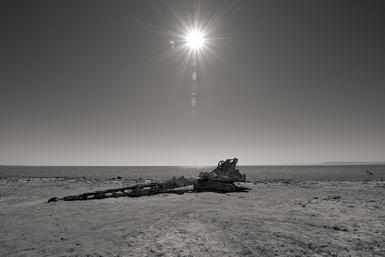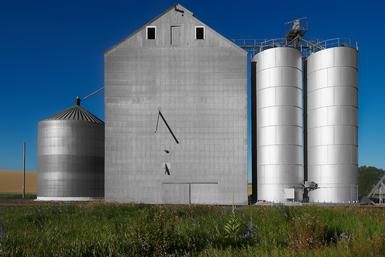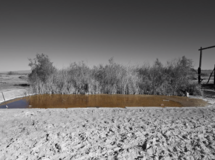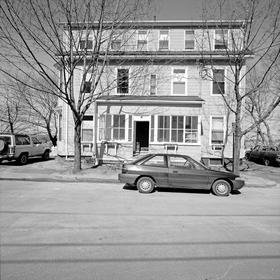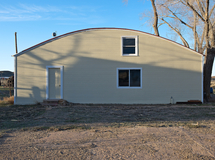No, I haven't lost a loved one to Covid 19, although I know some of you have, and I am apologetic about citing my loss at this time of such incredible human pain and suffering. So, my apologies at the outset.
My loss is of some work that is leaving the fold of being in my ownership and possession for the past 21 years. This coming Friday Maru and I will take three bodies of work to the Addison Gallery of American Art in Andover, MA to be added to their permanent collection.

I am giving the Gallery two selections from larger portfolios: 6 Paradise CA prints

and 4 aerial Potash Evaporation Pool pictures from Salt Lake, Utah.

Both of those are digital capture and inkjet prints, meaning I can make new prints easily if needed.
But the third group of photographs are something else entirely. They are a loss for I am giving them to the Addison, original analog prints of images I made in 1999 of some unique rock formations and petroglyphs in Bluff, Utah. There are 17 photographs in the set and there are no other prints if this work in existence.
 This must be what a painter or sculptor feels when parting with an original piece. I have friends that do this all the time and they cite that along with the loss comes the sensation of being freed from the weight of something made in the past. I hope so as I am having a hard time letting go of these.
This must be what a painter or sculptor feels when parting with an original piece. I have friends that do this all the time and they cite that along with the loss comes the sensation of being freed from the weight of something made in the past. I hope so as I am having a hard time letting go of these.
 I wrote a post about this work a few years ago:
I wrote a post about this work a few years ago:
https://nealrantoul.com/posts/bluff-utah
Why would I want to give away my art? What possible purpose could it serve to let it go, to donate my work to museums? Another way to think about this is what possible reason is there to hang onto it? Better for works of mine to be in a permanent collection in a climate controlled environment than in a flat file case in my studio. Yes, we are speaking of a legacy. In this case mine.
Why the Addison? I showed my work several times there, the first time in 1978! Also, there is older work of mine in their collection from 1982, so this is a chance to update what they have. Finally, the Addison Gallery is a wonderful museum with a rich collection and a long history of featuring photography. Right now they have one of the only sets of prints from Robert Franks' "The Americans" on display.
Additionally, there is this. There is freedom in no longer being encumbered with your artistic past. What you did then that is now gone means no baggage in future efforts. And yes, no less important, you have now externalized your work, put it out there in the world along other works from your colleagues and peers, from a community of artists. That feels good to me. No longer will good work be hidden away. And Bluff is good work.
Long ago, I had this thought that when I got old, I would spend much of my time still alive on work I had made already, hoping that museums and collections might be interested in collecting my photographs. That has come to pass, thank goodness. What an honor to find that museums are interested in having my work. Yes, of course, it would be great to find that they would purchase work, but that is not happening, for whatever reason. So be it. Not to say that in the future my work will remain a freebie. But for now, it is fine.

Last thought in this somewhat loaded post. It is not enough to make the work. Yes, that is crucial, but you need to nurture it, to massage it so that it is the best it can be. Then shepherd and manage it to see that it is respected, valued, and placed with an eye to its longevity.
Maybe someday you can go to the Addison and see some of my work from the collection.
Like this blog? Let me know: email
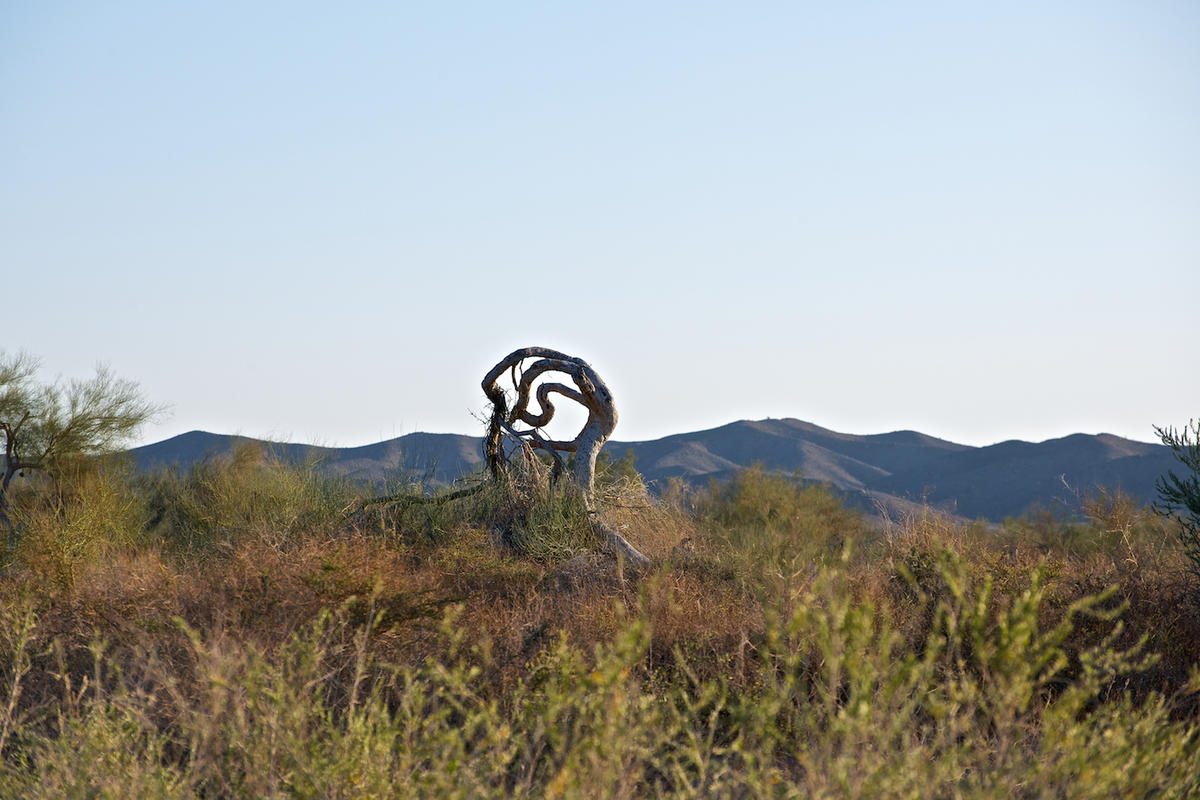
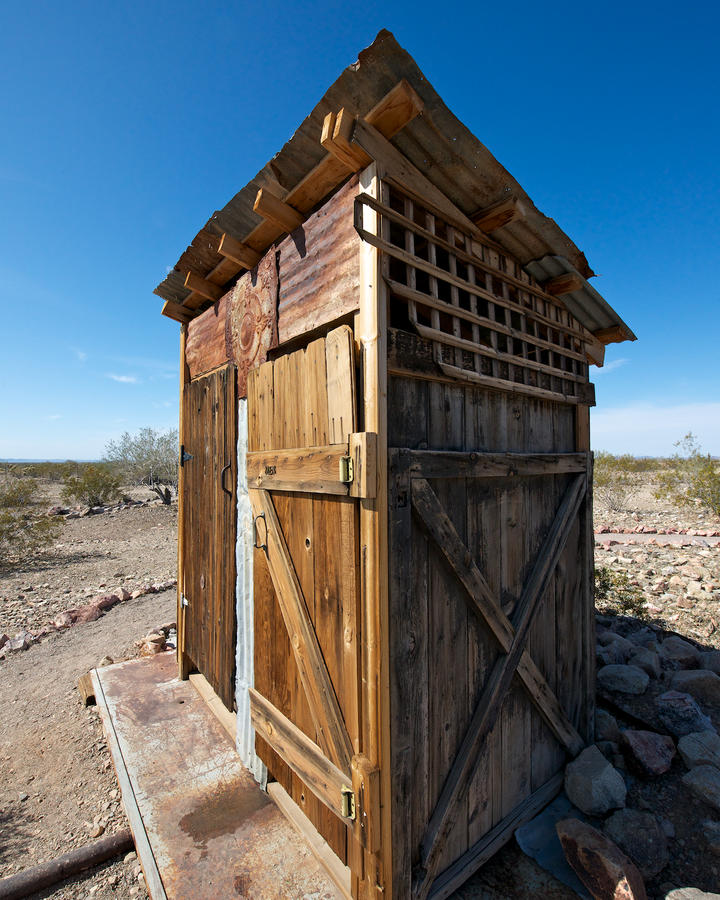
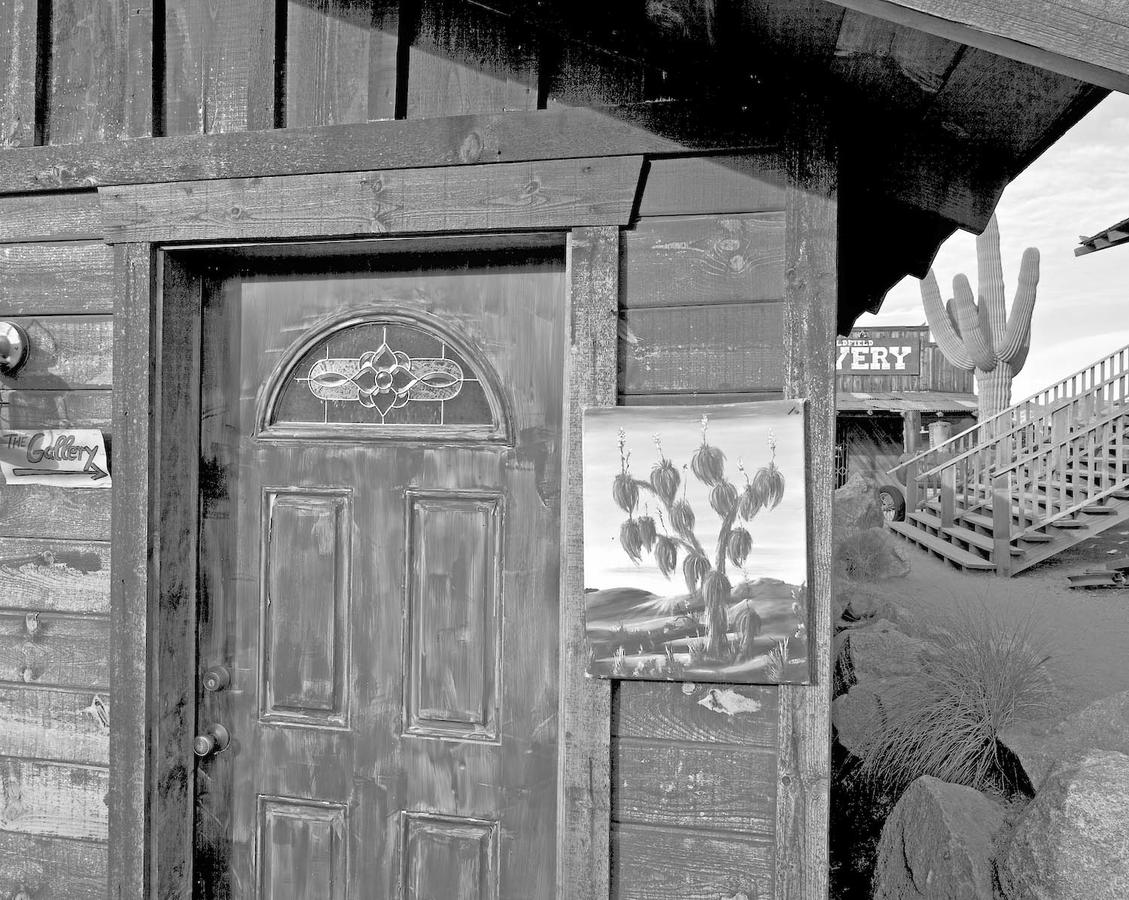
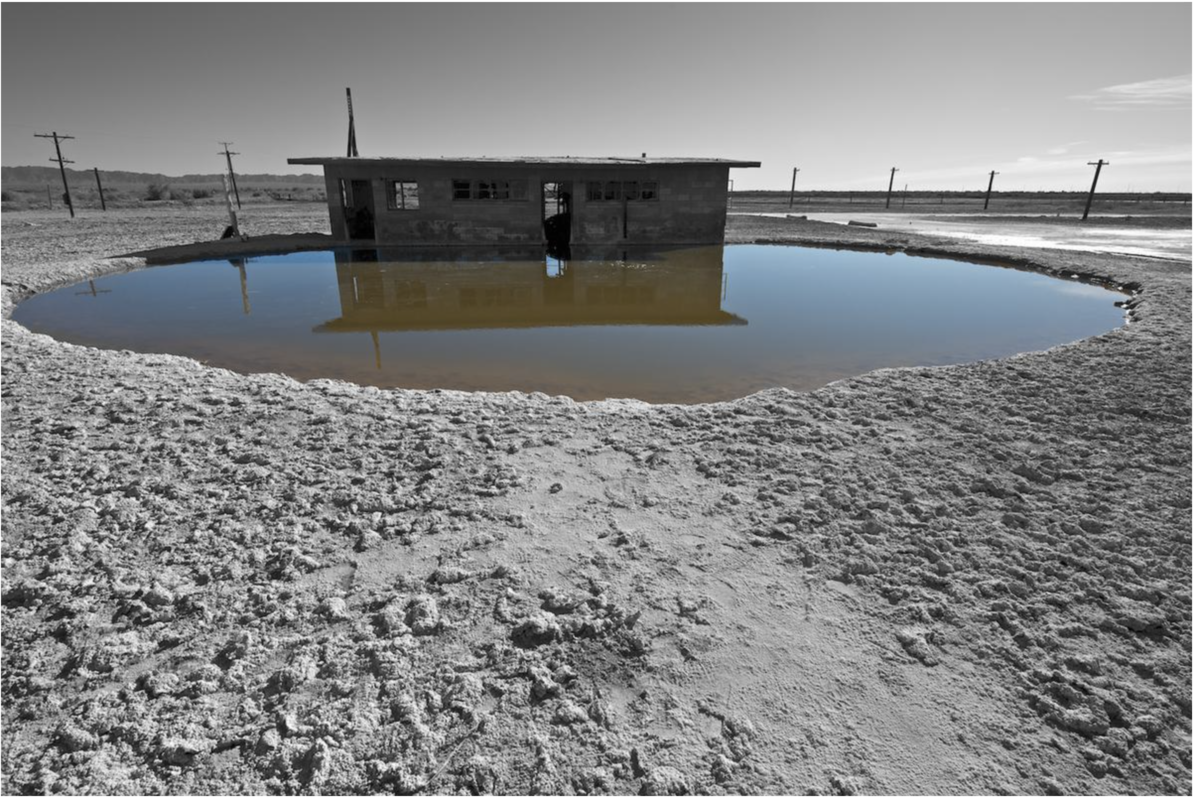
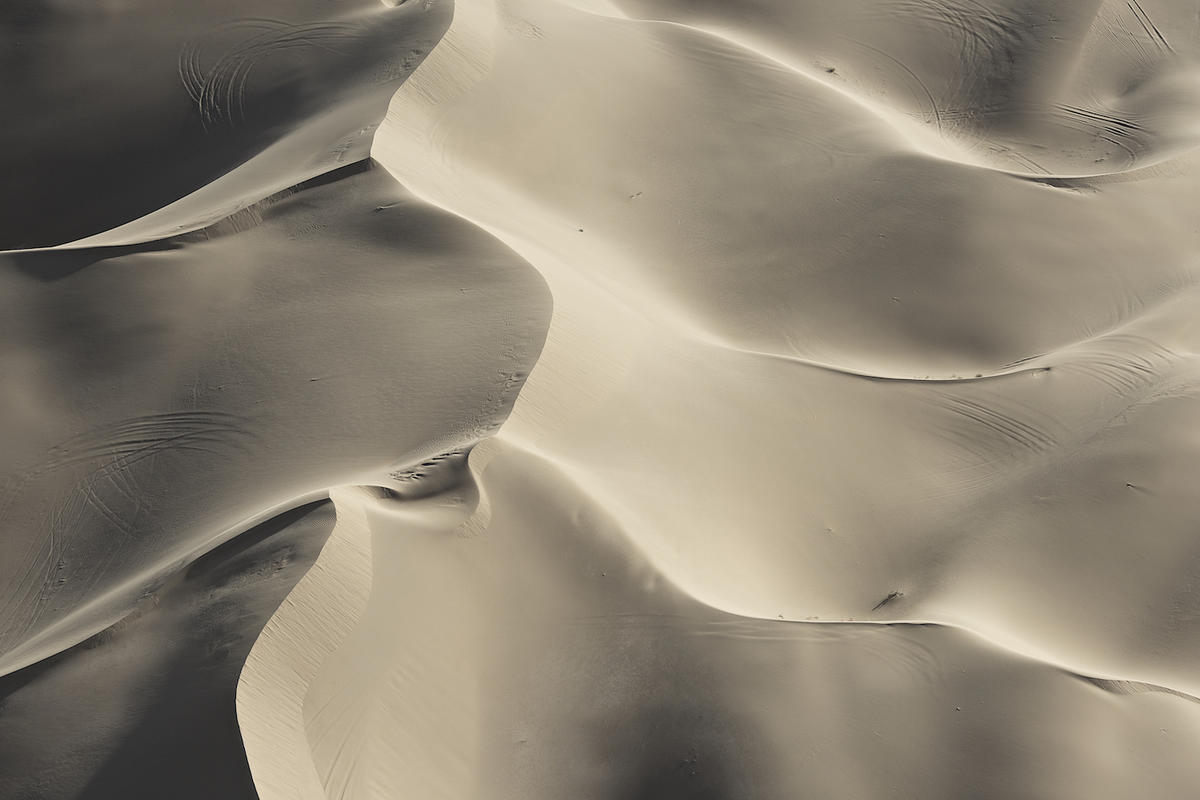
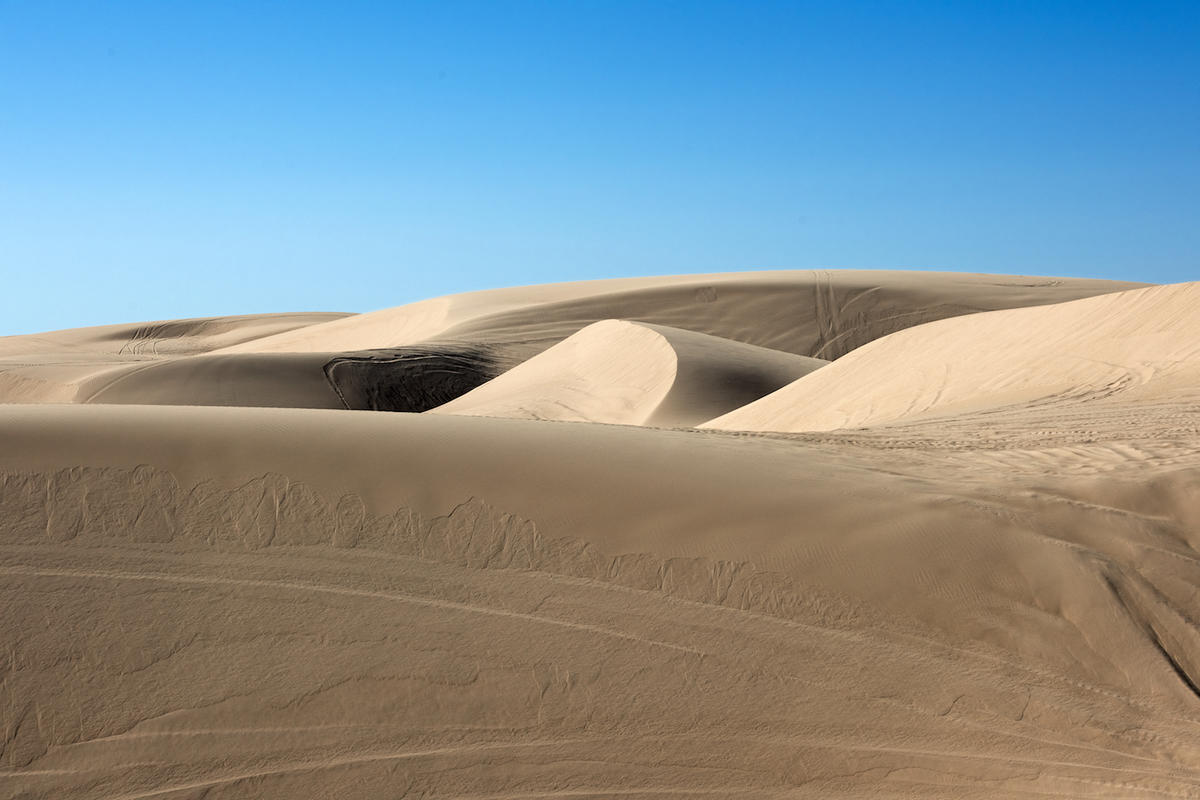
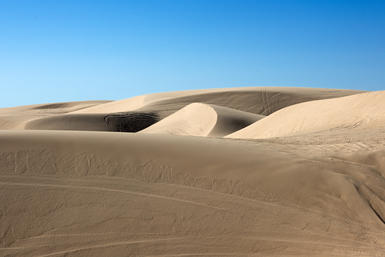
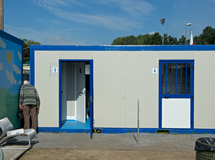
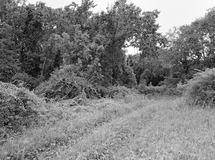
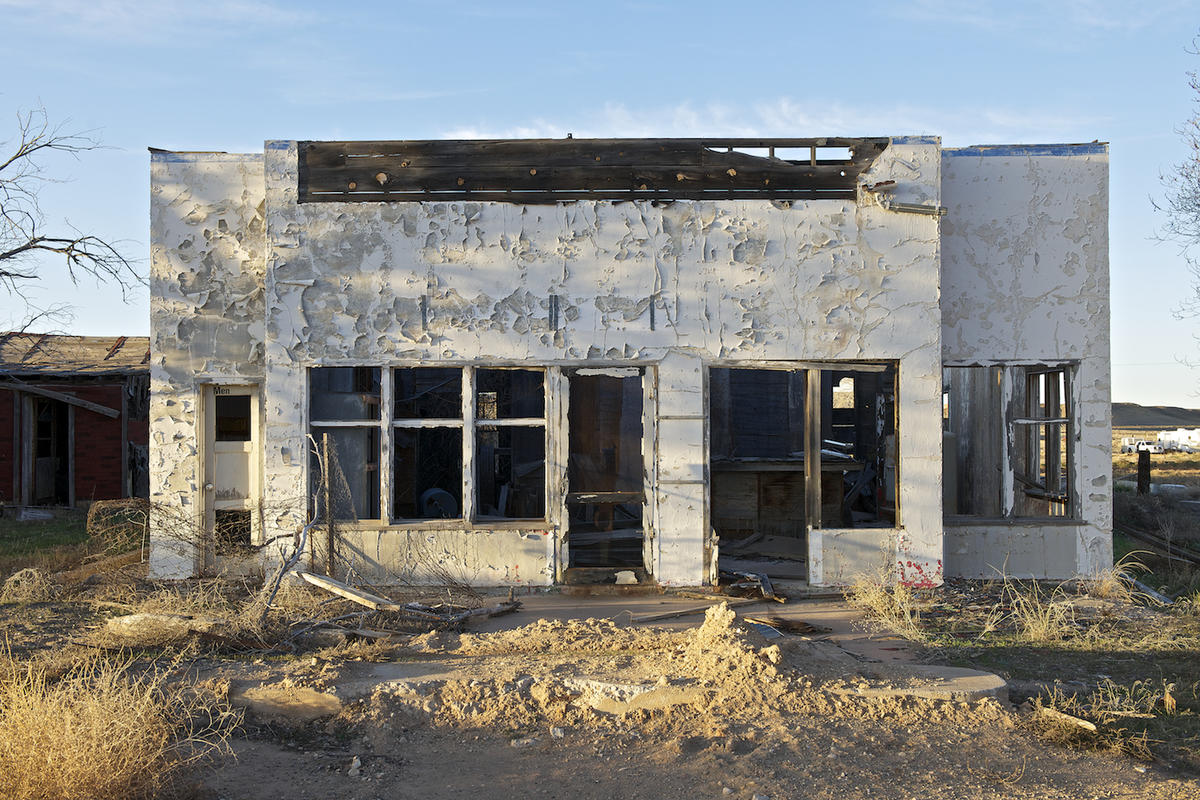
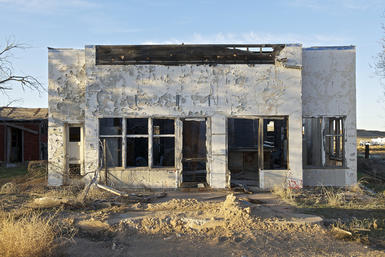
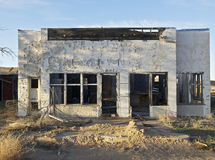
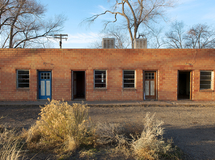
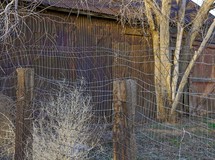



 This must be what a painter or sculptor feels when parting with an original piece. I have friends that do this all the time and they cite that along with the loss comes the sensation of being freed from the weight of something made in the past. I hope so as I am having a hard time letting go of these.
This must be what a painter or sculptor feels when parting with an original piece. I have friends that do this all the time and they cite that along with the loss comes the sensation of being freed from the weight of something made in the past. I hope so as I am having a hard time letting go of these. I wrote a post about this work a few years ago:
I wrote a post about this work a few years ago: 
